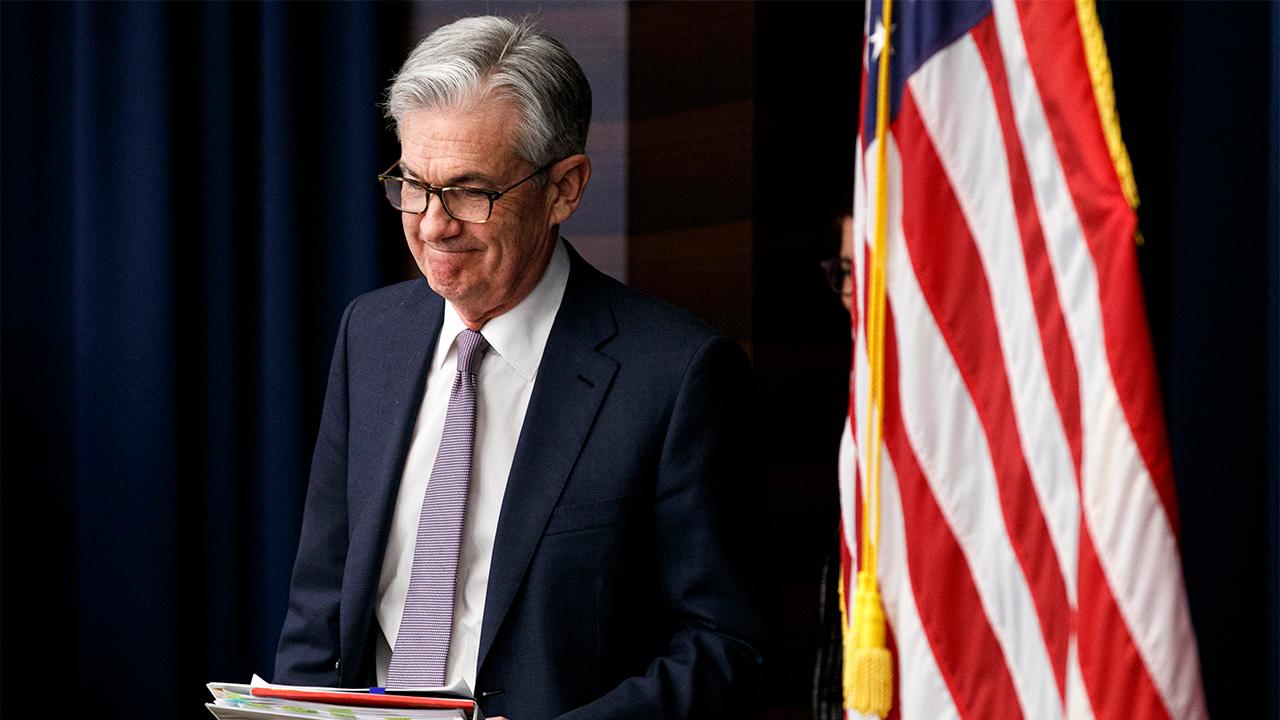Fed’s Beige Book reports ‘modestly favorable’ 2020 economic outlook
Almost all of the Fed’s 12 districts reported modest growth, the Fed said in its region-by-region roundup of anecdotal information
The U.S. economy is starting off 2020 in a solid place, after economic activity continued to expand “modestly” over the last six weeks of 2019, according to the Federal Reserve's Beige Book.
“Expectations for the near-term outlook remained modestly favorable across the nation,” the Fed said.
Almost all of the Fed’s 12 districts reported modest growth, the Fed said in its region-by-region roundup of anecdotal information known as the Beige Book. The report, prepared by the Federal Reserve Bank of St. Louis, was based on information collected through Jan. 6. It was released on Wednesday.
Although manufacturing remained “essentially flat” across most districts, a strong U.S. consumer continued to power the record-long economic expansion. The U.S. central bank said that consumer spending grew at a “modest to moderate pace,” with a number of districts recording some increases from the previous reporting period. Solid holiday sales, particularly online, also helped offset some weakness.
GET FOX BUSINESS ON THE GO BY CLICKING HERE
“The Fed’s summary of anecdotal accounts from business contacts indicates that the economy is still on solid footing,” Curt Long, chief economist at the National Association of Federally-Insured Credit Unions, said in an emailed statement. “Reports of a strong holiday shopping season are welcome and reflect high levels of consumer confidence.”
Tariffs and trade uncertainty continued to weigh on some businesses in many districts, the report said. Still, a manufacturing company in the Dallas region was hopeful that China “would remove tariffs from some forms of plastic but leave tariffs in place on many other products.”
WILL TRUMP PUNISH FED’S POWELL IN 2020 FOR INTEREST-RATE POLICY?
On Wednesday, President Trump signed a partial trade deal with China, easing nearly two years of tensions between the economic powerhouses.
The deal, part of what is expected to be a broader pact, includes, among other aspects, a commitment from Beijing to purchase $200 billion of U.S. goods over the next two years in exchange for an agreement from the U.S. to suspend planned tariffs on Chinese products. (The U.S. will maintain levies on about $375 billion worth of merchandise).
